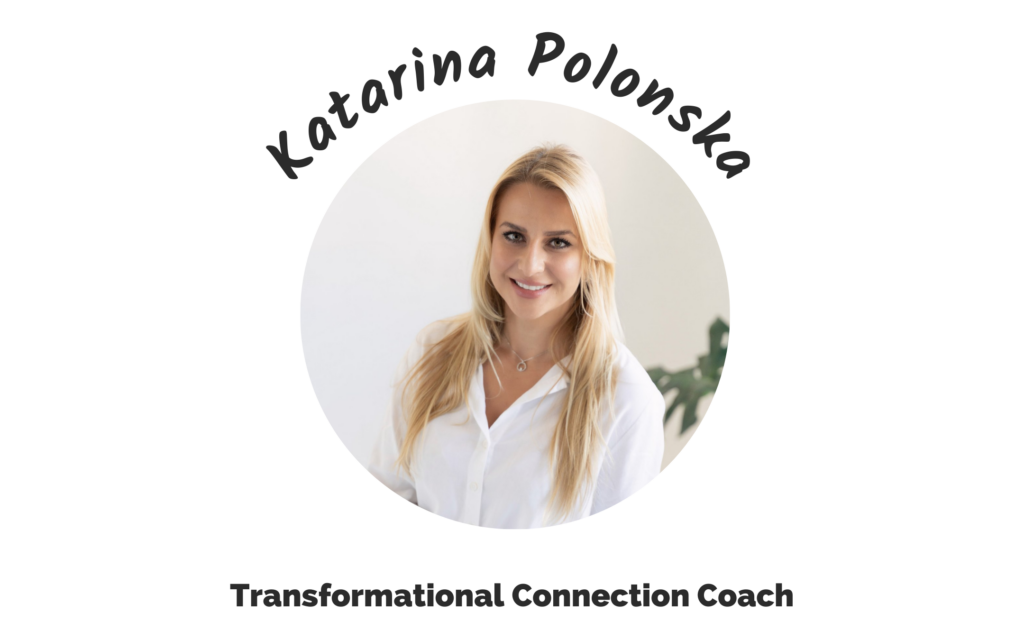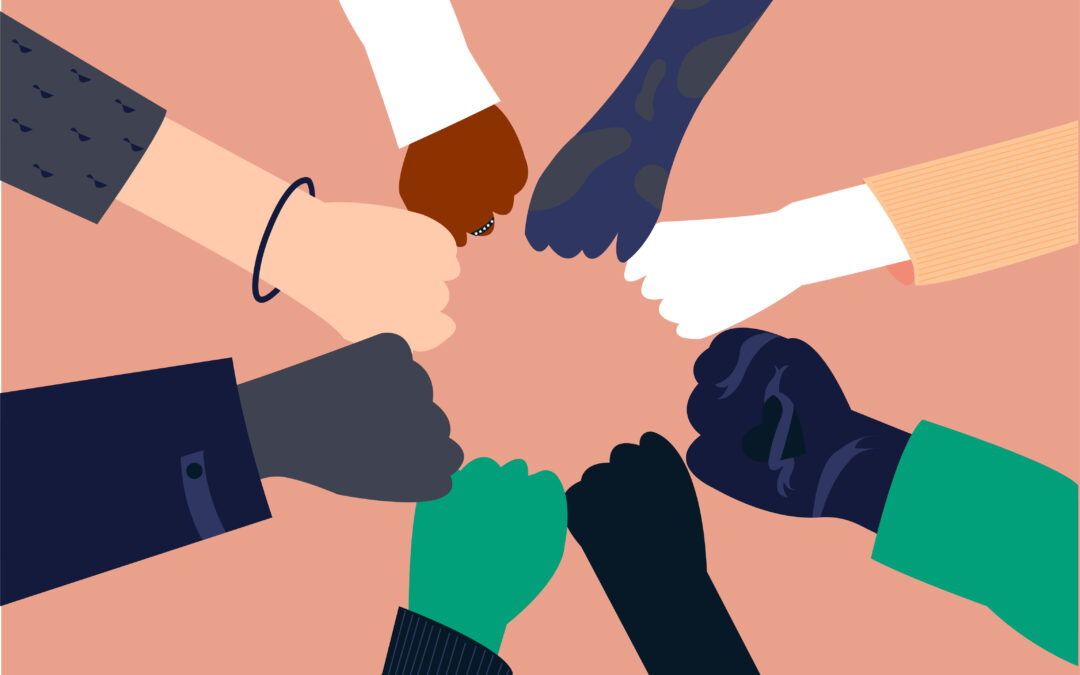In this episode of Transform Your Workplace, host Brandon Laws sits down with Katarina Polonska, a transformational connection coach, and the two delve into a discussion on the current workplace buzzword: inclusion. She sheds light on how our choice of language can either help or hinder this crucial conversation. Tune in to gain a new perspective on how implementing inclusive strategies can impact engagement among your people.
GUEST AT A GLANCE
With over fifteen years of experience, Katarina Polonska offers a science-based, holistic approach to help her clients cultivate the connection, direction, and balance they seek. As a connection coach, she specializes in guiding clients through various challenges, including personal and work-life balance, career decisions, relationships, communication, health, and motivation.

A QUICK GLIMPSE INTO OUR PODCAST
🔊 Podcast: Transform Your Workplace, sponsored by Xenium HR
🎙️ Host: Brandon Laws
📋 In his own words: “The Transform Your Workplace podcast is your go-to source for the latest workplace trends, big ideas, and time-tested methods straight from the mouths of industry experts and respected thought-leaders.”
BOILING IT DOWN
Recent guest Katarina Polonska has worked with companies of all sizes, from startups to some of the largest companies in the world. So when it comes to Diversity, Equity, and Inclusion work, what methodologies truly work? And why is this area of the modern workplace so misunderstood?
According to Katarina, “When I’m trying to talk about it in a simple, clear way, I boil it down to inclusion. And I mean, that’s in the title, right?” It seems the idea of inclusion needs a bit more fleshing out — “because if we actually really distill what inclusion is, inclusion is about having involvement and feeling that you’re actually empowered to be involved, which again, if we distill even further, is really about engagement.”
So, D&I initiatives are ultimately about creating an environment where people feel engaged. And how do you go about creating inclusion? Katarina says, “That’s about creating a sense of belonging and psychological safety. If people feel that they belong in an organization — and by that I mean that they are able to show up and be unique, be themselves, but they’re also part of a broader tapestry of an organization — and then they feel safe to be themselves, then they’re more likely to feel included because they belong. Then, they’re more likely to feel engaged. Then, they’re more likely to feel empowered and more involved.”
This inclusion-engagement equation leads to “all the good things” that companies strive for, from higher retention to better productivity, and greater innovation which drives more revenue. “There’s a lot of things that come from having D&I, but at the heart of it, to me, it’s inclusion.”
PODCAST EPISODE HIGHLIGHTS
When Met with Resistance
“[When] trying to talk about D&I, the initial resistance is, first of all, who are you white women talking about this? And second of all, are you going to start talking about privilege, bias, the buzzwords that everyone’s a bit fed up with right now? Everyone’s been talking about that till the cows come home. They’ve lost their meaning, and the emotional charge behind words like ‘privilege,’ it’s pretty significant. So, it’s kind of taboo, but I almost don’t even use a language of privilege or bias when I’m talking about D&I. It’s valid, and it’s real, and it’s there. I don’t think it’s helpful though. […] So it’s just such a loaded topic that is so misunderstood and so polarizing that there’s going to be resistance from all fronts.”
Going Beyond Awareness
“I understand the need for bringing heat to the argument, bringing anger — the anger’s valid. It’s completely valid. […] But is that helpful? That’s the thing. And I think in a corporate environment or in an HR environment, it’s not that helpful. Maybe it was at the beginning to draw awareness to it and bring the topic to conversation, but it’s not really helpful now for getting over the line. So that’s what I’m thinking. There has to be something around bringing in the very techniques of inclusion and belonging if we want to foster inclusion and belonging, and that means including the people we speak to and including the people who are speaking about it. You shouldn’t be demonized for speaking about D&I because you’re a white man, right? You want to be part of the solution. So this oversimplified, […] binary, polarizing language just doesn’t seem that productive.”
Busting the Myths
“The most common [misconception] is that a D&I initiative is going to be deeply uncomfortable, going to make everyone cry. You’re going to be screamed at. You’re going to be yelled at. All the things are going to be pointed at you, and it’s just going to be horribly unpleasant. […] That kind of rhetoric is pretty prevalent still, and again, it’s valid, but there’s no sense of what happens after that. […] How useful is that anger going to be to get buy-in from the majority groups who we need to get the buy-in from? Probably not that productive. Maybe if we wear away over millennia, but again, I don’t think we have the time for that.”
The Belonging Formula
“Everyone wants to protect their identity, right? It’s a fundamental need of the ego. So listening to these fears, validating them, that they’re very real, and […] showing how D&I is actually for them. And to do that, that means the language around D&I has to be changed. And again, this is my belief. I’m sure some D&I organizations would disagree, but for me personally, when it comes to trying to get buy-in, and trying to open a conversation around D&I, and trying to build that inclusion, belonging, and safety in it, I can’t be talking about privilege and pointing fingers and blaming. What I can be doing is bringing that empathy, that listening, that validation and trying to understand what are the struggles, what are the points of disenfranchisement for these people who might question whether D&I is for them.”
Inside the Minds of Your People
“I can see how when it comes to D&I, you do need to meet people where they’re at. It’s quite scary to talk about D&I if you don’t know what you’re talking about, you don’t feel very psychologically safe, and you feel like you’re on the spot. People aren’t really likely to open up. So that one-on-one aspect is really important. But again, how scalable is that? It might not be that scalable, especially if we’re talking about people who are frontline workers, right? So that’s where the group aspect, I believe, will be the most helpful.”
CONNECT
Reach out to Katarina through her website or DM her on LinkedIn to chat.
